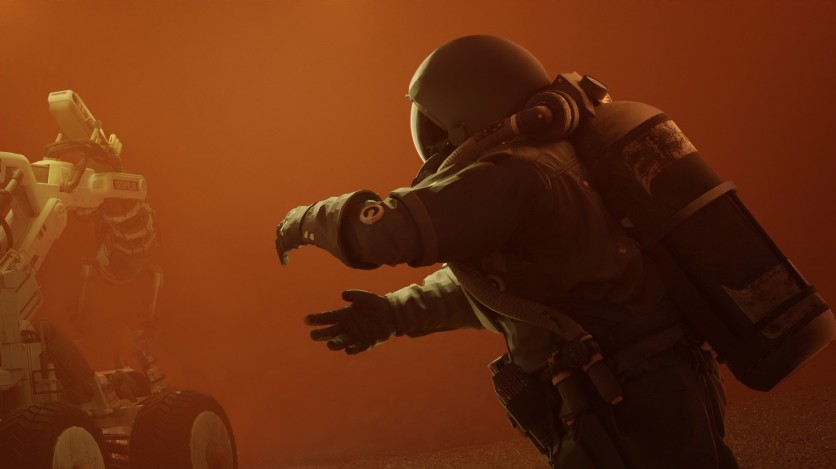NASA has announced its search for candidates ready to join its upcoming simulated one-year Mars surface mission, which aims to gather essential data for the agency's future human exploration endeavors on the Red Planet.

CHAPEA Mission of NASA
This initiative, called the Crew Health and Performance Exploration Analog (CHAPEA), constitutes the second of three planned ground-based missions and is slated to commence in the spring of 2025.
The CHAPEA mission entails the participation of a four-person volunteer crew who will reside and conduct operations within a specially designed 1,700-square-foot habitat named the Mars Dune Alpha.
Situated at NASA's Johnson Space Center in Houston, this habitat will serve as a simulation of the harsh conditions and challenges encountered during a Mars mission, encompassing factors such as limited resources, equipment malfunctions, communication lags, and various environmental stressors.
The crew's responsibilities or tasks range from simulated extravehicular activities and robotic maneuvers to habitat maintenance, physical exercises, and cultivation of crops.
Who Are Eligible for the CHAPEA Mission of NASA?
In its quest for suitable candidates, NASA is seeking healthy, motivated individuals who are citizens or permanent residents of the United States.
Applicants are required to be non-smokers aged between 30 and 55 years, well-versed in English to ensure effective communication with fellow crew members and mission control, and possess a strong inclination towards adventurous pursuits, coupled with a keen interest in contributing to NASA's preparatory efforts for the inaugural human expedition to Mars.
Prospective applicants are required to submit their applications by April 2. The selection process for crew members will adhere to standard NASA criteria applicable to astronaut candidate applicants.
Eligibility criteria entail holding a master's degree in a STEM field (Science, Technology, Engineering, Mathematics) from an accredited institution, accompanied by a minimum of two years of professional STEM experience or at least one thousand hours of piloting aircraft.
Additionally, candidates who have completed two years of doctoral studies in STEM disciplines, obtained a medical degree or undergone training in a test pilot program will be considered.
Alternatively, individuals with four years of professional experience, military officer training completion, or a bachelor's degree in a STEM field may also qualify for consideration.
According to NASA, compensation will be provided to participants selected for the mission, with further details to be communicated during the candidate screening process.
From Moon to Mars
NASA views the CHAPEA mission as instrumental in garnering invaluable scientific insights to validate systems and formulate solutions for future ventures to Mars.
Leveraging the knowledge gained from ongoing simulated missions, NASA aims to enhance its understanding of crew health and performance support mechanisms essential for successful Mars expeditions. The space agency looks to lay the groundwork for sustained scientific exploration on the moon via the Artemis campaign.
NASA also hopes to achieve significant milestones such as landing the first woman, first person of color, and inaugural international partner astronaut on the lunar terrain and advance the preparations for future human missions to Mars.
Related Article : Weird Yogurt Experiment Could Help Astronauts in Colonizing Mars - How?

ⓒ 2026 TECHTIMES.com All rights reserved. Do not reproduce without permission.




